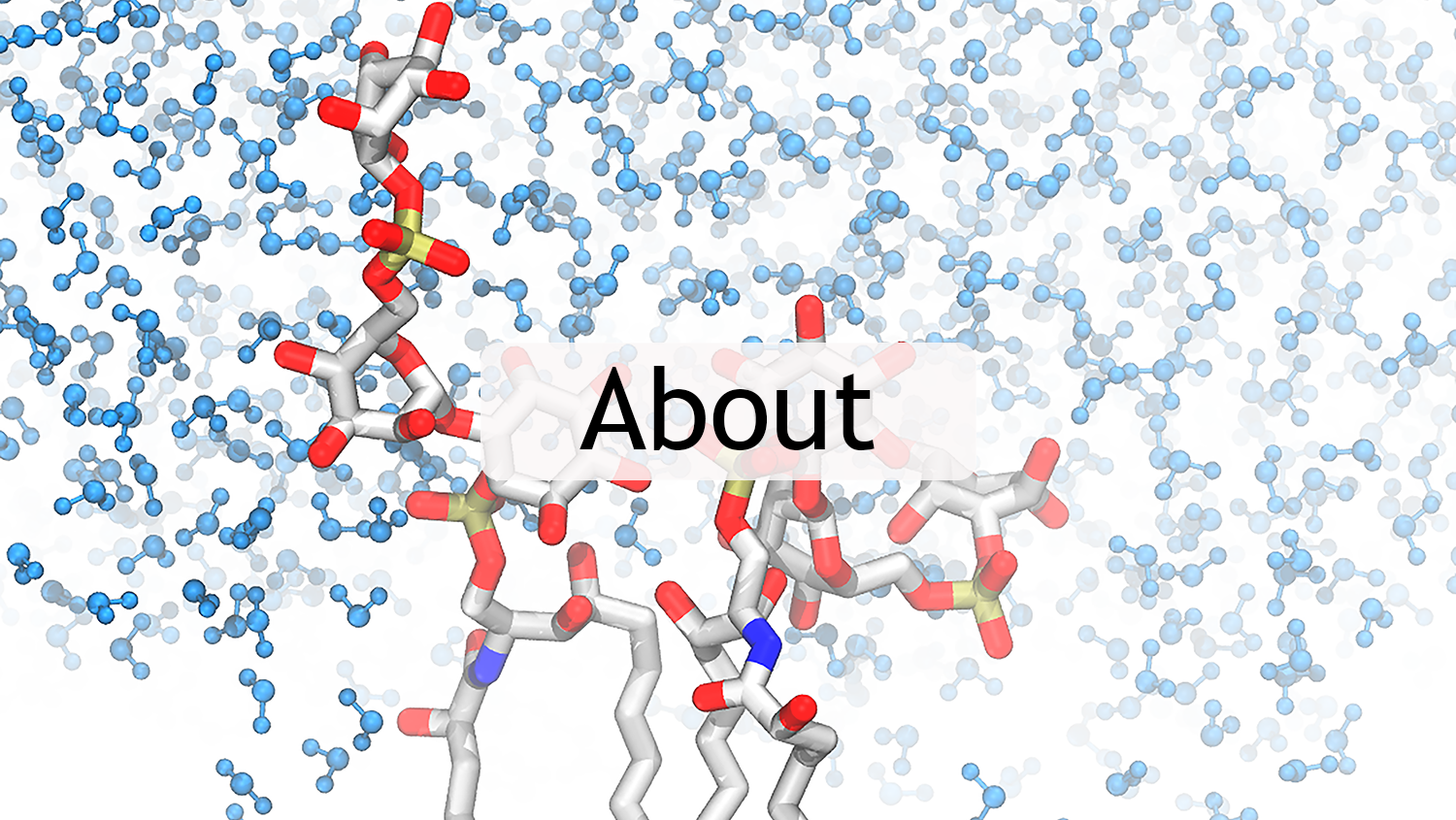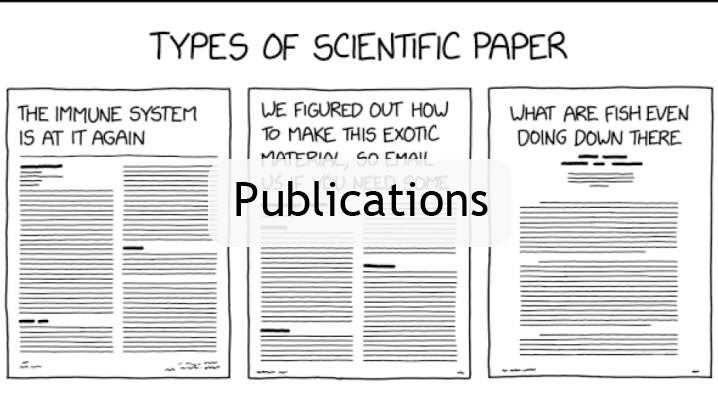Our group studies the role of lipids in mechanisms of disease using advanced computational modeling techniques. We are fortunate to also work with experimental collaborators projects to validate our predictions as well as provide molecular level insights to macroscopic observables.
For analysis of current projects and developed toolbox visit our GitHub repository.
Lipid regulation during viral infection
Lipids are synthesized largely in the endoplasmic reticulum (ER) and can be used as energy storage for the cell. Lipid droplets are oil bodies that play key roles in membrane maintenance and lipid homeostasis. Their accumulation can be detrimental to the cell, leading into fatty liver diseases (FLD). Viral infections, like hepatitis C, are known to interfere with lipid regulation in the cell. Chronic infection is known to increase the incidence of FLD, which can even lead into cancer. Our goal is to study a protein channel from HCV to quantify its effect on lipid sorting and membrane mechanics in the ER.
Formed p7 channel of hepatitis C in a membrane model for the ER
MLKL protein-lipid interactions during the last step in the signaling cascade of necroptosis.
Mechanisms of cell death
One of the major challenges of cancer therapies is drug-resistance development. Cancer cells are able to evade apoptosis, a form of programmed cell death, and novel therapies are searching to target alternative routes of regulated cell death such as necroptosis. In this mode, the cell membrane permeabilizes and leaks cell material to the immediate surrounding, which leads to an inflammatory response that makes the microenvironment suitable for oncogenesis. Our studies aim to propose a binding mechanism for MLKL, the last protein to be activated in the necroptotic signaling cascade, as well as its role in the membrane permeabilization process. Fundamental understanding of these steps will aid in the design of novel therapeutics for cancer and neurological disorders that leverage the necroptotic route.
Diagnostic & therapeutic agents for cancer
We characterize the interactions between small molecules and model lipid bilayers to understand insertion and membrane permeation mechanisms. Molecules of interest include fluorescent dyes and organic molecules, such as byproducts from various crops, that have potential uses in cancel cell detection and/or treatment. These projects are in collaboration with experimental groups .
Insertion of a D112 dye molecule into a model membrane
Glycosphingolipids (red) and cholesterol (yellow) in a model for the plasma membrane
Characterizing the external surface of the cell
Membrane lipids are very diverse and finely tuned in the cell. They directly modulate the mechanical and structural properties of a membrane. Glycolipids have complex headgroup structures and participate in important signaling cascades in the cell. They are normally present in low concentrations on the outermost membrane of eukaryotic cells, but are overexpressed in cancer cells. Our goal is to design complex membrane models to understand the headgroup interactions of glycolipids on the membrane surface, and how these affect the structure and dynamics of the membrane core.




